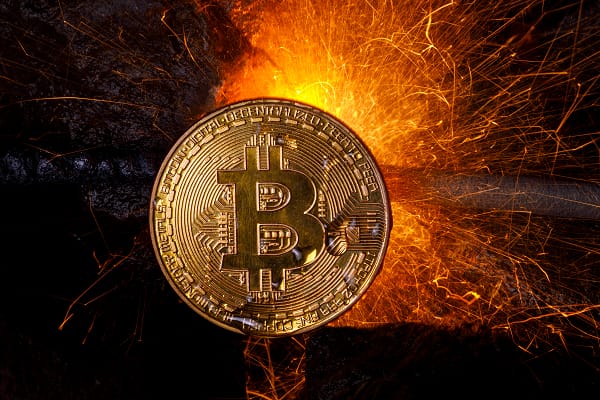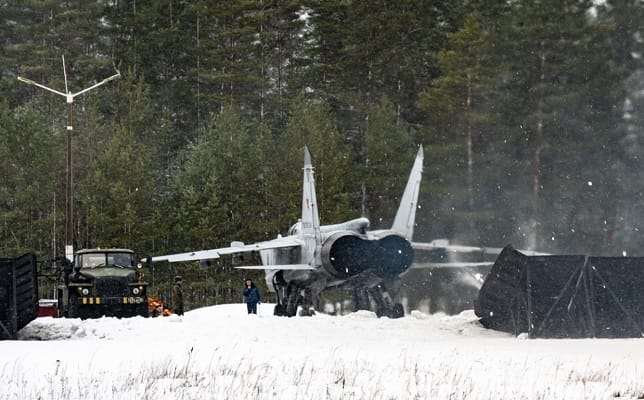Since its launch in 2009, Bitcoin remains the most influential coin and the leader of the crypto market. The cryptocurrency has an underlying complex algorithm that proves the security of the asset, and its continuous innovations attract investors from all over the world who seek decentralization and financial freedom. This year, Bitcoin has seen multiple transformations and events, but one of the most relevant ones that happen every four years to address inflation concerns, which Crypto-enthusiasts also saw as a great opportunity for investment, was halving. In April 2024, you must’ve heard about the halving phenomenon, which means that the blocks were reduced up to 50%, but what exactly are these blocks, and what’s the process behind their creation? In this article, you can find everything you should know about Bitcoin mining:
What’s mining, and why is it important?
Simply put, Bitcoin mining is the process of creating new coins by solving complex math problems to verify the transaction of the currency. This consensus mechanism is also known as proof of work, which, compared to proof-of-stake, requires much more energy. Mining Is a crucial step that defines the credibility and security of the Bitcoin network. Also, the underlying complicated cryptography prevents fraud and any criminal activity. So, why does Bitcoin need mining? Like many other blockchain technologies, Bitcoin is decentralized, which means it doesn’t rely on a central authority and third parties, so there is no entity controlling users’ activity, but the currency relies on users that hold the historical ledger of transactions, and, with mining, users come to a consensus about the accuracy of the records. Every ten minutes, the network generates a certain number of transactions that can be grouped into blocks that will then be added to the main blockchain. The people who solve the complex algorithms are called miners; they have advanced technology computers, and for every successful block, they are rewarded with the currency. Considering the Bitcoin price chart, this practice can help miners gain significant returns.
Mining hardware
To mine Bitcoin and solve complex puzzles efficiently, miners need mining hardware, which is a graphic processing unit GPU, field programmable gate arrays (FPGAs), often called video cards for a computer or a more powerful version, an ASIC (application-specific integrated circuit). Nowadays, ASIC-based hardware is the most powerful and efficient, capable of creating great amounts of hash per second. Miners also require software, like CG miner, XMR miner, or multiminer, that can be free to download and run on Mac and Windows.
Mining pools
Mining pools are operated by intermediaries and coordinate a group of miners. The group of miners connects their mining computers over a network to increase their chances of getting a reward for successfully validating a block. They collaborate to try to solve a complex problem through a computer that can generate and check trillions of numbers. The rewards are usually divided between the participants according to their work, and they are sent to the individuals’ e-wallets. To prevent the pool operators from cheating and the group itself from failing, they integrate a separate blockchain, creating a peer-to-peer mining pool.
The hash
The hash is a mathematical function, or, more precisely, a deterministic hexadecimal number, in the case of Bitcoin, which is always 64 numbers. They are used to secure and encrypt information. This complex algorithm consists of numbers and letters, which are automatically generated when a transaction is conducted, and miners have to guess a number that is lower than the target hash, solving complex problems that require multiple attempts.
Elements of a transaction
For investors, sending a transaction is superficially easy, but there are some complex technicalities they don’t have to worry about. To make a transaction, participants need to pair public with private keys to transfer the value to a new owner, and the transaction is then broadcast to the network. A transaction has three main parts:
- Inputs: the input is a reference to an output from a previous transaction made by the Bitcoin owner. The new transaction input value. The previous transaction is recorded with a hash and relies on a script. The script has two main components, signature, and public key, that need to be combined to prove the validity and identification of the real owner.
- Outputs: it contains the instructions for sending Bitcoin, including the value that needs to be sent. There can be multiple outputs to make sure investors don’t lose their funds. The outputs create chunks of Bitcoin called Unspent Transaction Outputs (UTXO), which are available to the owner to spend in the future and their transaction is broadcast to the network.
- Confirmation: once confirmed, the block is added to the blockchain, but commonly, users can wait for six confirmations to consider that the transaction is finalized successfully.
Risks of Bitcoin mining
Despite the considerable gains crypto-miners can receive, there are also some downsides. For example, mining is not a legal activity in many countries, so without proper research on the overall sentiment about cryptocurrencies in your region, you might face legal issues. Also, the main concern that revolves around this subject is the huge amount of energy the activity requires, leaving a significant carbon footprint and harming the environment.
The bottom line
Despite the moment of glory of altcoins, bitcoin remains the most popular cryptocurrency of all time, which proves every time that it’s here to stay. The complex algorithm behind the use cases of the digital currency makes Bitcoin a secure network and a well-thought system that promises incredible transformations for the crypto market. When it comes to mining, the decentralized nature of the network is what attracts miners all over the world to test their skills in return for rewards, and if this opportunity seems appealing to you as well, make sure you gain deep knowledge about the blockchain technology before jumping into the pool.








